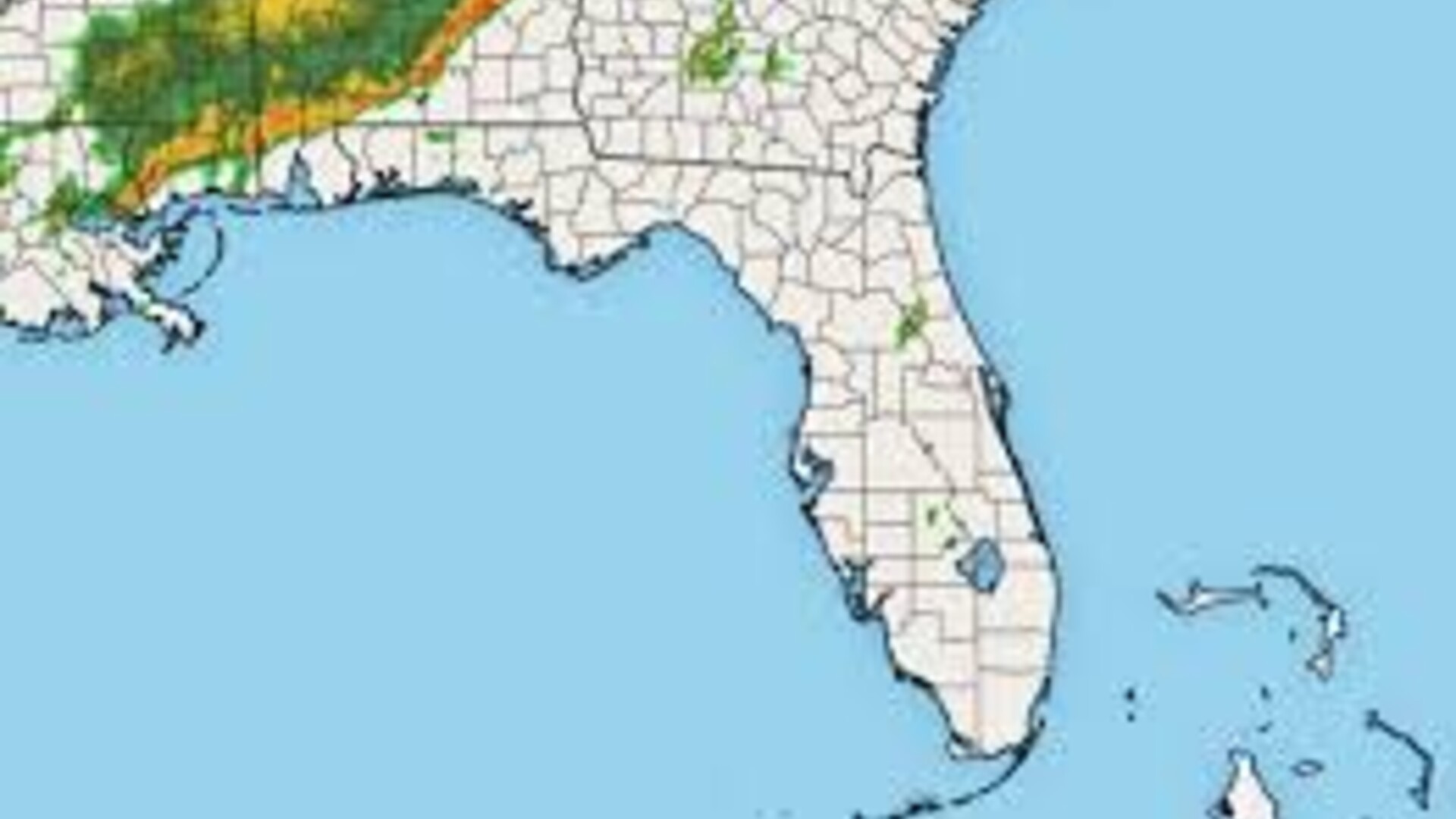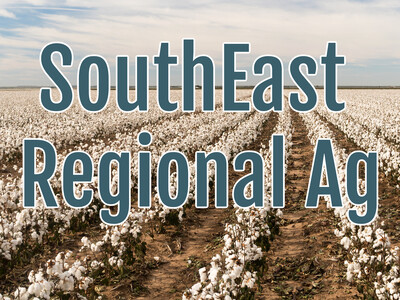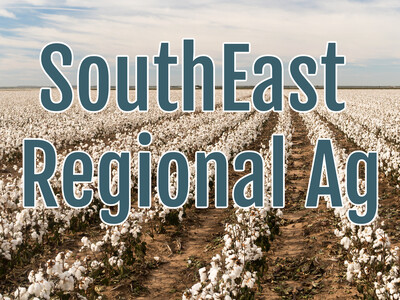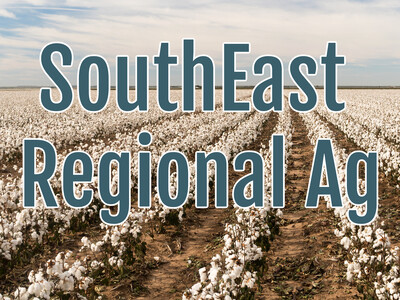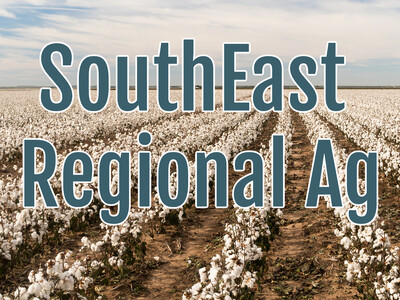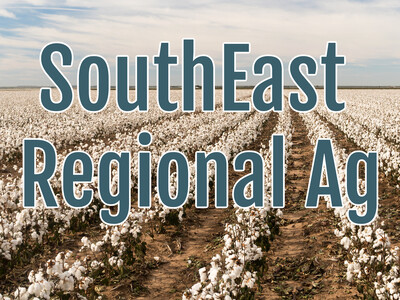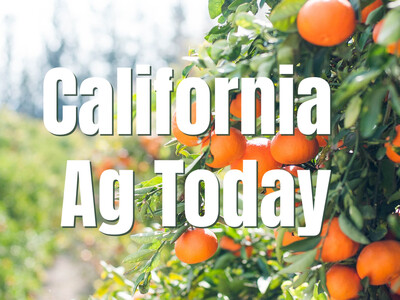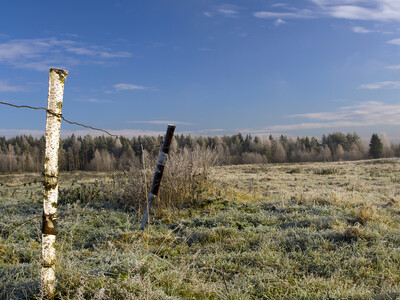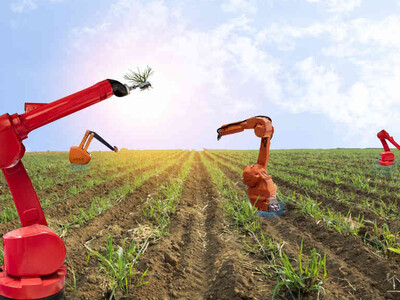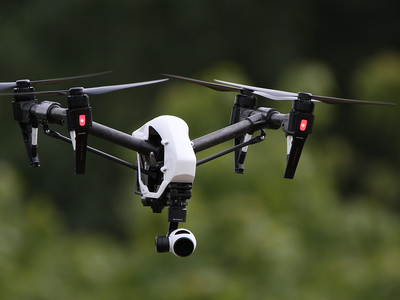Southeast Agriculture Impact Outlook
The next three months will likely be warm and wet across the southeast. That’s the word from the folks at NOAA and the Southeast Regional Climate Center.
Pam Knox is an Agricultural Climatologist at the University of Georgia and took part in the latest update.
Knox: “ It’s the high season for agriculture in Georgia and the Southeast as a whole. The wet conditions slowed things down getting into the field and now the dry conditions are helping some producers to get into the fields because it’s finally dry enough to drive equipment in without destroying the soil structure. But it’s hard to plant things that need moisture to be germinated and so some crops have been delayed. Places that have irrigation are using it quite heavily. Dry-land crops are not looking as well because of the dry conditions that we’ve had. And of the things, that’s really been affected by that a lot probably more than any other crop is the pasture and forage. This time of year farmers have used up most of their winter hay and they’re looking to turn the cattle out into the pastures.”
Knox says the impacts from the frosts in April are generally less severe than expected.
Looking ahead: More rain coming which is welcome but will also increase disease pressure such as Bacterial Blight and Downy Mildew.
======
The webinar was hosted by the Southeast Regional Climate Center, the National Integrated Drought Information System (NIDIS), and the NOAA National Weather.


